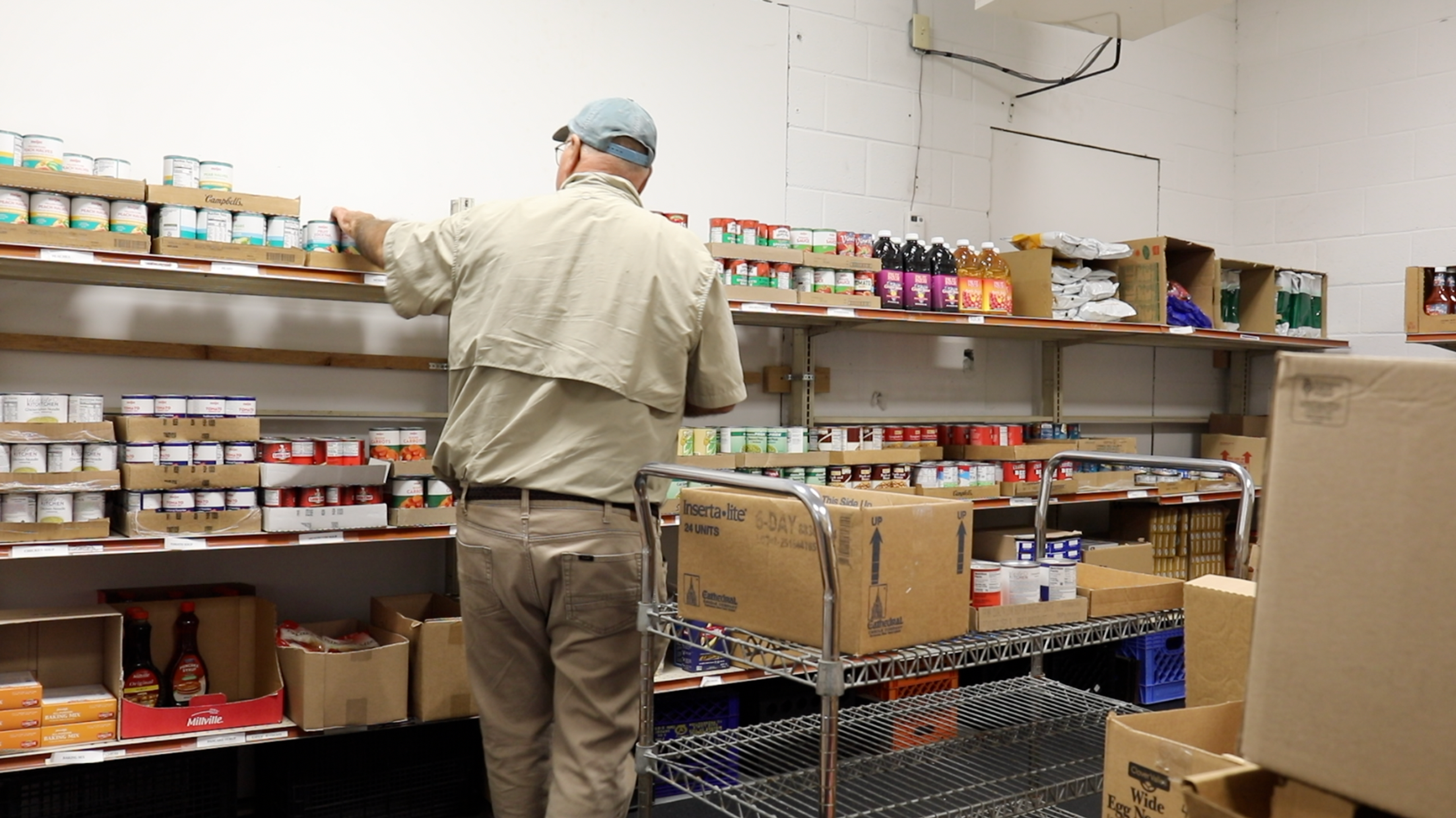Our Role in Addressing Social Determinants of Health
Amy Barczy
| 6 min read
Amy Barczy is a former brand journalist who authored...

You’ve just been diagnosed with diabetes. The doctor says regular checkups – including trips to the dentist – help to identify the early signs of diabetes. Your doctor stressed that changing your diet would have a positive impact on managing this disease. She wrote you a prescription for a new medication. And she recommended more physical activity – taking regular walks or getting on an exercise bike. She emphasized finding an activity you enjoy and doing it as often as you can. The doctor also cautioned you to make these changes now, so things don’t get worse.
---------
The next steps might seem obvious: got to the pharmacy and fill your prescription; buy fresh food to cook up healthier meals at home and take a 30-minute walk around the neighborhood every day. But for some Americans, these next steps are only possible if you have gas in your car, cash in your bank account, a safe place to walk, a nearby pharmacy and a grocery store. For some Americans, these aren’t guaranteed – and the choices are more complicated.
---------
After the appointment, you check your bank account. It’s Monday, and your paycheck won’t come for another week and a half.
$1,057.39.
You swing by Wendy’s to pick up dinner before your night shift at the plant. Remembering your doctor’s advice, you look at the salads on the menu. The price gives you pause: you’re trying to save up money to get your car fixed – it needs a $800 part to keep running. Instead, you get your usual two junior bacon cheeseburgers for $1.99 each and head to work.
$1,053.41.
After work and a nap, it’s time to head to the pharmacy to pick up your prescription. The pharmacist asks for your insurance information. Your high deductible plan offers limited pharmacy coverage – you’ve never had to be on prescription medication before – and tells you the amount you would owe. The price makes you blink twice. It would leave you with barely enough in your bank account to cover your car repairs and make rent once your paycheck comes in. You remember how sick your grandma got from diabetes, and pay it.
$853.41.
You’re almost out of groceries; even though you stretched last week’s trip for a couple extra days. You go to the corner store where you usually shop, this time with a list of diabetes-friendly foods that your doctor gave you. You only find about a quarter of the items; the rest you’ll have to get from the big grocery store that’s 20 minutes away. But you don’t have time to go today – you have to get to work and run some other errands.
$833.15.
The next day, you think about how your doctor told you to walk more. You’re not sure where to go: there aren’t sidewalks in your neighborhood. There are a lot of busy roads and industries nearby – and the air doesn’t always smell good. Your neighbor’s kids all have asthma and you hardly ever see them outside. You try walking down your street – but the cars whizzing by make it unpleasant and you feel exposed and alone. The gym down the block has its sign out with a $10/month special. You calculate what that would do to your budget, and whether you’d be able to pay your rent – and fix your car.
---------
These are choices many Americans face every day because of social and environmental factors we call social determinants of health. They include where you live, access to healthy food, housing instability, income, education, food insecurity, access to health care, health literacy, crime and violence and environmental conditions of your home and neighborhood. While the scenario above is fictional, it’s connected to real choices we know some of our neighbors face as they weigh how to afford food, medication, housing and transportation – and health care. Consider the following statistics that are at play in this scenario:
- The average person living with an income under $25,000 (above the poverty level for a household of 1) had an average balance of $2,018 in their checking account in 2016.
- Individuals with lower incomes are more likely to rent.
- 40% of Americans would struggle with $400 for an unexpected bill; and 1 in 4 Americans have no emergency savings.
- 38% of households in Michigan struggled to afford basic necessities in 2019 – and 25% of them were living above the federal poverty level but are considered asset limited, income constrained and employed.
- 57% of Americans opt out of dental, vision and other preventative services due to finances.
- Diabetes disproportionally affects racial and ethnic minorities, as well as low-income adults, in the U.S.
- Branded medication for type 2 diabetes treatment can cost $200/month for some individuals on high deductible plans with limited pharmacy coverage.
- 51% of the U.S. workforce is enrolled in a high-deductible plan.
Blue Cross Blue Shield of Michigan and the Blue Cross Blue Shield of Michigan Foundation closely track how social determinants of health affect the individuals in the communities we serve across the state. We target grants and funding to organizations engaged in work on the ground that helps people bridge gaps and break down barriers when it comes to taking care of themselves, their families and their health. In Michigan, both rural and urban communities are struggling with the impacts of social determinants of health.
In rural Michigan, transportation and access to a grocery store are significant issues – as often, larger chain stores are few and far between; and without a car, individuals are left with the hazardous option of walking on the side of the road to get around. Many communities have lost major industries in the past two decades – leaving behind fewer opportunities and more poverty. Additionally, social determinants of health can disproportionally impact members of the African American/Black, Native American and Hispanic and Latino communities in Michigan.
We engage our leaders from Blue Cross’ Inclusion and Diversity, Social Mission and Community Responsibility departments to lead changes and direct programming and education to where it’s most impactful. We know social determinants of health have a big impact on the health outcomes of our members and our customers, which is why we are committed as Michigan’s largest insurer to helping our community partners make a difference.
Editor’s Note: This is one story in part of a year-long blog series. Blue Cross Blue Shield of Michigan journalists will be diving into some of the environmental and socio-economic reasons behind disparate health outcomes for certain groups of people. While there is no one answer or simple solution to resolving these complex issues, we’ll talk to community organizations working to address social determinants of health in neighborhoods and communities across Michigan, as well as highlight work that Blue Cross is doing to contribute to solutions for the health of all Michiganders.
More from MIBluesPerspectives:
Photo credit: Getty Images





